Battle of Fort Stedman
Introduction
Text-to-speech Audio
The Battle of Fort Stedman, otherwise known as the Battle of Hare's Hill was the site of fierce fighting and a decisive Union victory during the final days of the Civil War. The battle of Fort Stedman was the last serious Confederate attempt to break the Seige of Petersburg. Though initially successful, the Confederate forces were driven back by the tenacity and superior numbers of the Union forces resulting in the loss of 1,000 Union soldiers and over four times as many Confederate casualties. The fort is part of the Petersburg Battlefield National Park
Images
A photo of Fort Stedman as it appeared in 1865
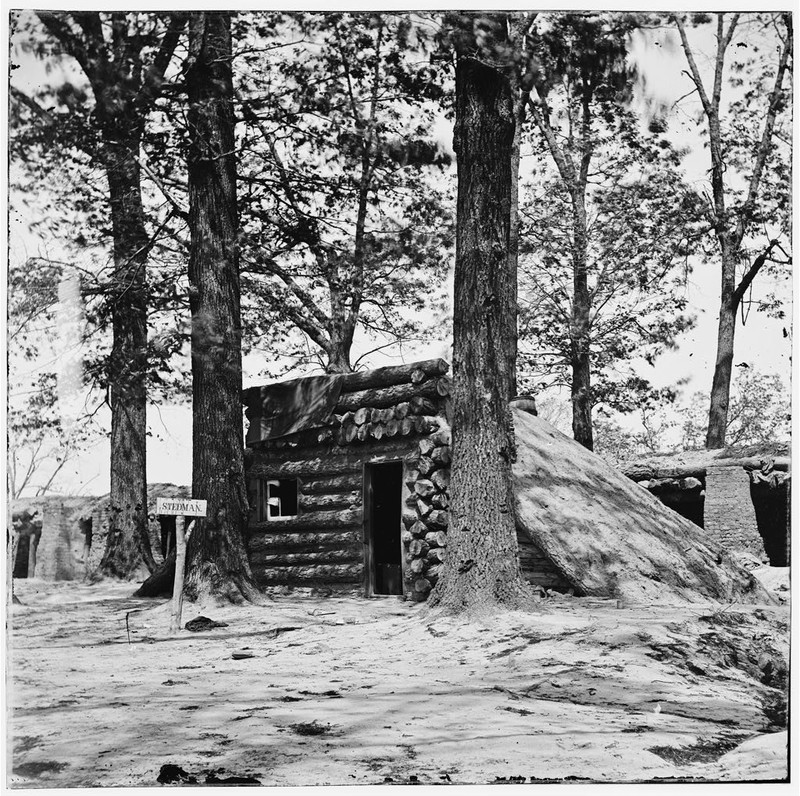
The current site of Fort Stedman, taken in 2009
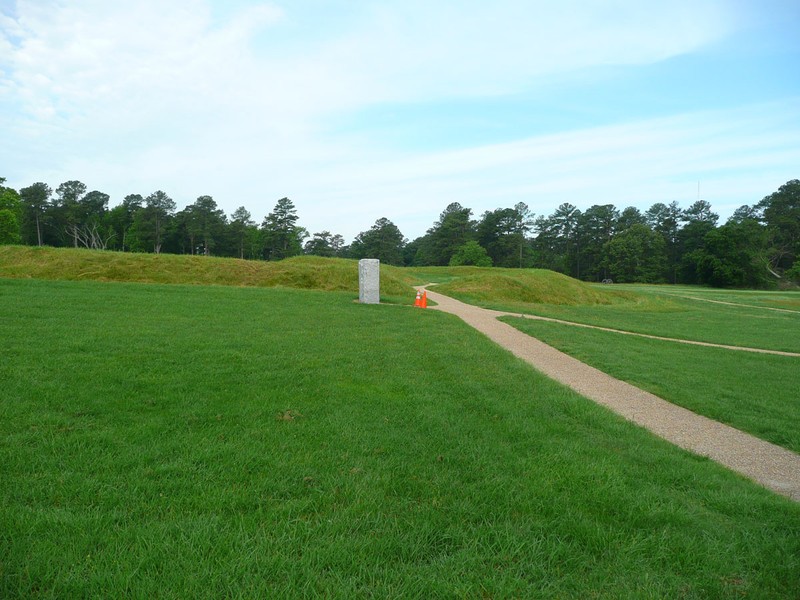
Battle diagram
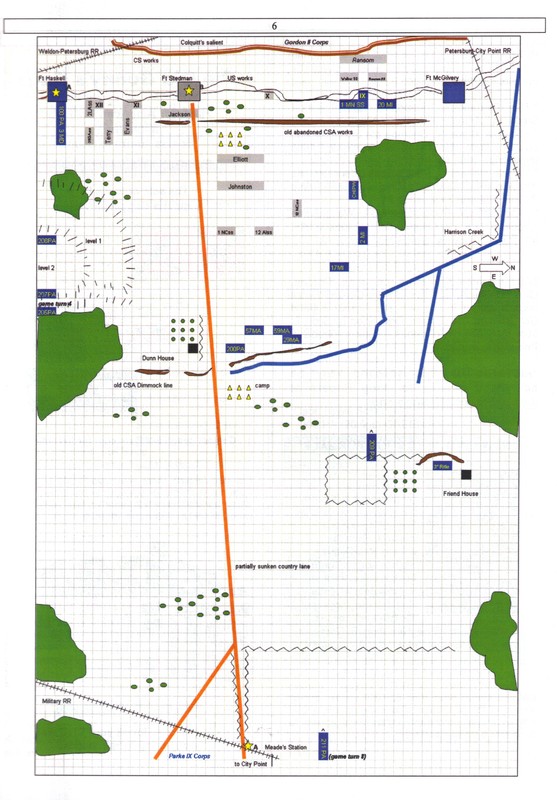
Confederate General John B. Gordon who led the attack
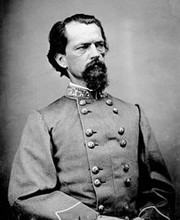
Union Major General John G. Parke who tried fighting off the Confederate assault
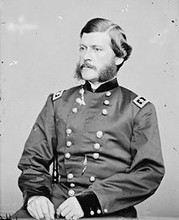
Union Brigadier General John F. Hartranft who led the counterattack to recapture the fort
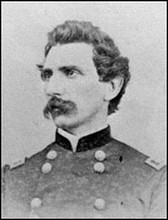
postwar map of the Fort Stedman area of the Petersburg siege lines. Stedman is found in the center of the map
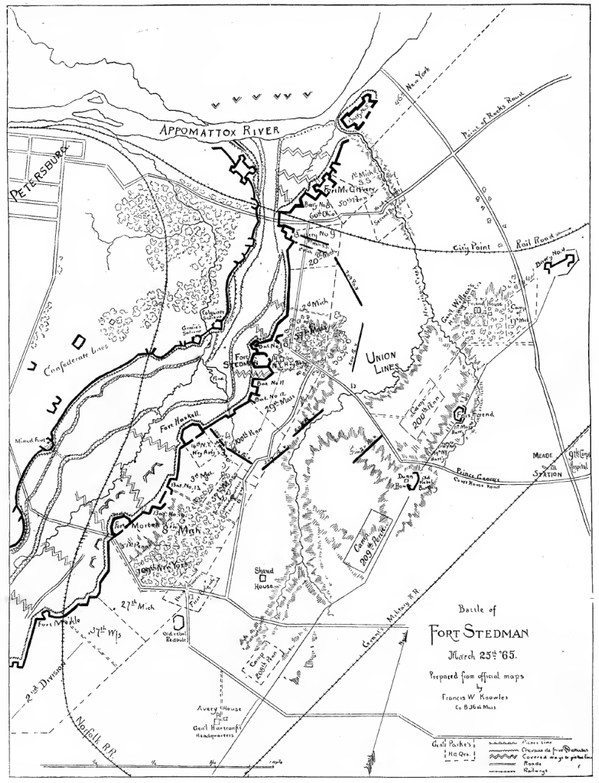
A rendition of the attack on Fort Stedman
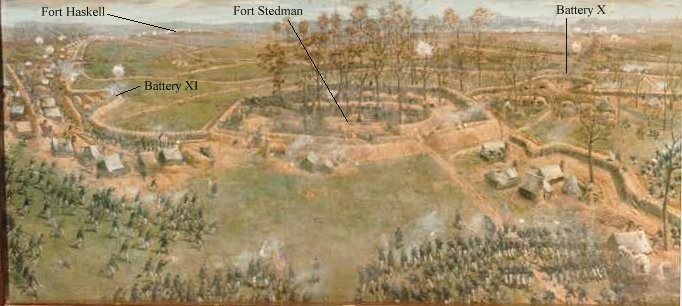
Siege lines around Fort Stedman, circa 1864-1865
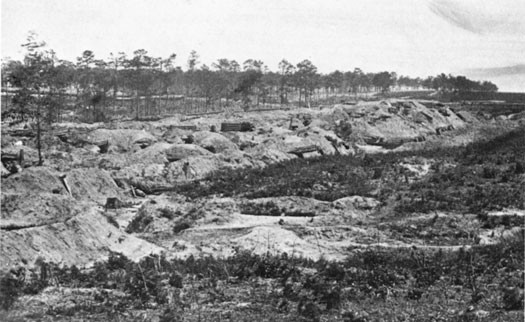
Ariel view of the remains of Fort Stedman
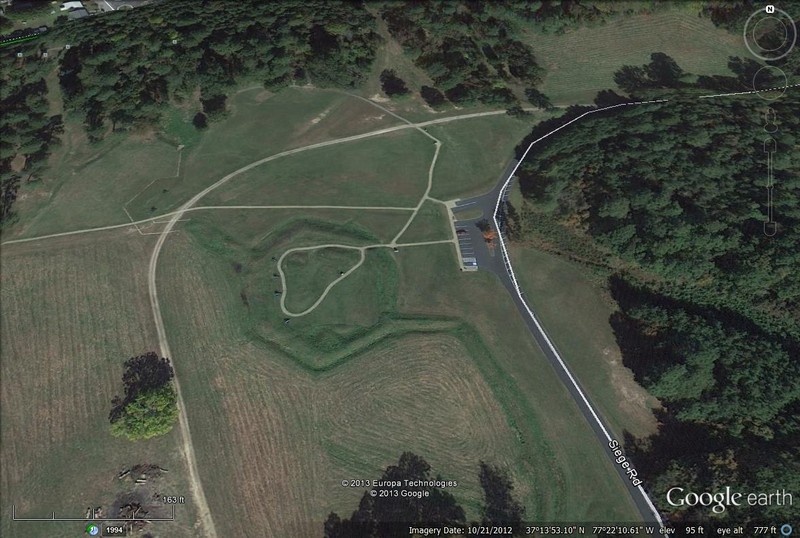
Backstory and Context
Text-to-speech Audio
In March, 1865, Confederate General Robert E. Lee was entrenched in strategic defensive positions around Petersburg VA, but his army suffered major losses due to desertion and disease. He was outnumbered by almost twice the Union forces led by Lt. Gen. Ulysses S. Grant, and Lee knew his position was hopeful at best. Lee sent for assistance from Maj. Gen. John B. Gordon who informed him of three options Lee could use in pursuit of victory or compromise. The first option presented by Gordon was peace, he strongly suggested that Lee should work with the Union in order to find compromise. Lee, however, insisted that peace would not come through diplomacy. Gordon's second plan of action involved a long military campaign similar to the Union's eventual strategy to divide and conquer before re-linking the army in order to take the capital. Lee's third option involved a direct and immediate attack on the Union forces in an unrelenting offensive. After much debate, Lee came to the conclusion that "there seemed but one thing that we could do -- fight. To stand still was death. It could only be death if we fought and failed."
Gordon continued to advise Lee on his actions, and they came to the conclusion that a preemptive assault should be launched immediately, thereby forcing Grant's men to retreat and disrupt his plans to attack Confederate infrastructure. Coincidentally, Grant had already given the orders to attack Confederate works and the attacks were scheduled to happen 4 days after the battle began. At dawn on March 25, the Confederate attack began. Starting at the Confederate Fort known as Colquitt's Salient, the Confederate forces marched on the Union Fort Stedman. The attack seemed like a simple victory for the Confederacy, Fort Stedman was poorly equipped and very near to a Union railroad critical to the Confederate victory.
Lee's forces included high-ranking Confederate officers from surrounding areas as well as his his own men totaling a strength of over 10,000 soldiers. Their offensive strategy one one of swift surprise, sending unarmed men under the guise of desertion to overpower and defeat Union forces patrolling the area. The confusion surrounding their attack even caused Union General McLaughlen to mistake Confederate forces for his own and even ordered them to fire on their own men, which they did until their mistake was realized and they captured McLaughlen who presented his officer's sword to Gordon. After a day of fierce fighting, the Confederates had captured Fort Stedman. Their victory was short lived due to a union counterattack and successive recapture of the fort. This would the last assault ordered by Lee during the Civil War.
Gordon continued to advise Lee on his actions, and they came to the conclusion that a preemptive assault should be launched immediately, thereby forcing Grant's men to retreat and disrupt his plans to attack Confederate infrastructure. Coincidentally, Grant had already given the orders to attack Confederate works and the attacks were scheduled to happen 4 days after the battle began. At dawn on March 25, the Confederate attack began. Starting at the Confederate Fort known as Colquitt's Salient, the Confederate forces marched on the Union Fort Stedman. The attack seemed like a simple victory for the Confederacy, Fort Stedman was poorly equipped and very near to a Union railroad critical to the Confederate victory.
Lee's forces included high-ranking Confederate officers from surrounding areas as well as his his own men totaling a strength of over 10,000 soldiers. Their offensive strategy one one of swift surprise, sending unarmed men under the guise of desertion to overpower and defeat Union forces patrolling the area. The confusion surrounding their attack even caused Union General McLaughlen to mistake Confederate forces for his own and even ordered them to fire on their own men, which they did until their mistake was realized and they captured McLaughlen who presented his officer's sword to Gordon. After a day of fierce fighting, the Confederates had captured Fort Stedman. Their victory was short lived due to a union counterattack and successive recapture of the fort. This would the last assault ordered by Lee during the Civil War.
Cite This Entry
Emett , Mike. "Battle of Fort Stedman." Clio: Your Guide to History. June 30, 2016. Accessed August 1, 2025. https://theclio.com/entry/23859
Sources
"Charge! Issue 24, Page 2: The Battle of Fort Stedman by Doug Rogers." The Siege of Petersburg Online RSS. 2010. Accessed June 24, 2016. http://www.beyondthecrater.com/wargaming/acw-miniatures/charge/charge-issue-24-page-2-the-battle-of-fort-stedman-by-doug-rogers/.
Council on Foreign Relations
http://www.civilwar.org/battlefields/petersburg/petersburg-history-articles/americas-civil-war-pre-dawn.html
Greene, A. Wilson. The Final Battles of the Petersburg Campaign: Breaking the Backbone of the Rebellion. Knoxville: University of Tennessee Press, 2008.
Horn, John. The Petersburg Campaign: June 1864 – April 1865. Conshohocken, PA: Combined Publishing, 1999.
Kennedy, Frances H., ed. The Civil War Battlefield Guide. 2nd ed. Boston: Houghton Mifflin Co., 1998.
Korn, Jerry, and the Editors of Time-Life Books. Pursuit to Appomattox: The Last Battles. Alexandria, VA: Time-Life Books, 1987.
Salmon, John S. The Official Virginia Civil War Battlefield Guide. Mechanicsburg, PA: Stackpole Books, 2001.
Trudeau, Noah Andre. The Last Citadel: Petersburg, Virginia, June 1864 – April 1865. Baton Rouge: Louisiana State University Press, 1991.
